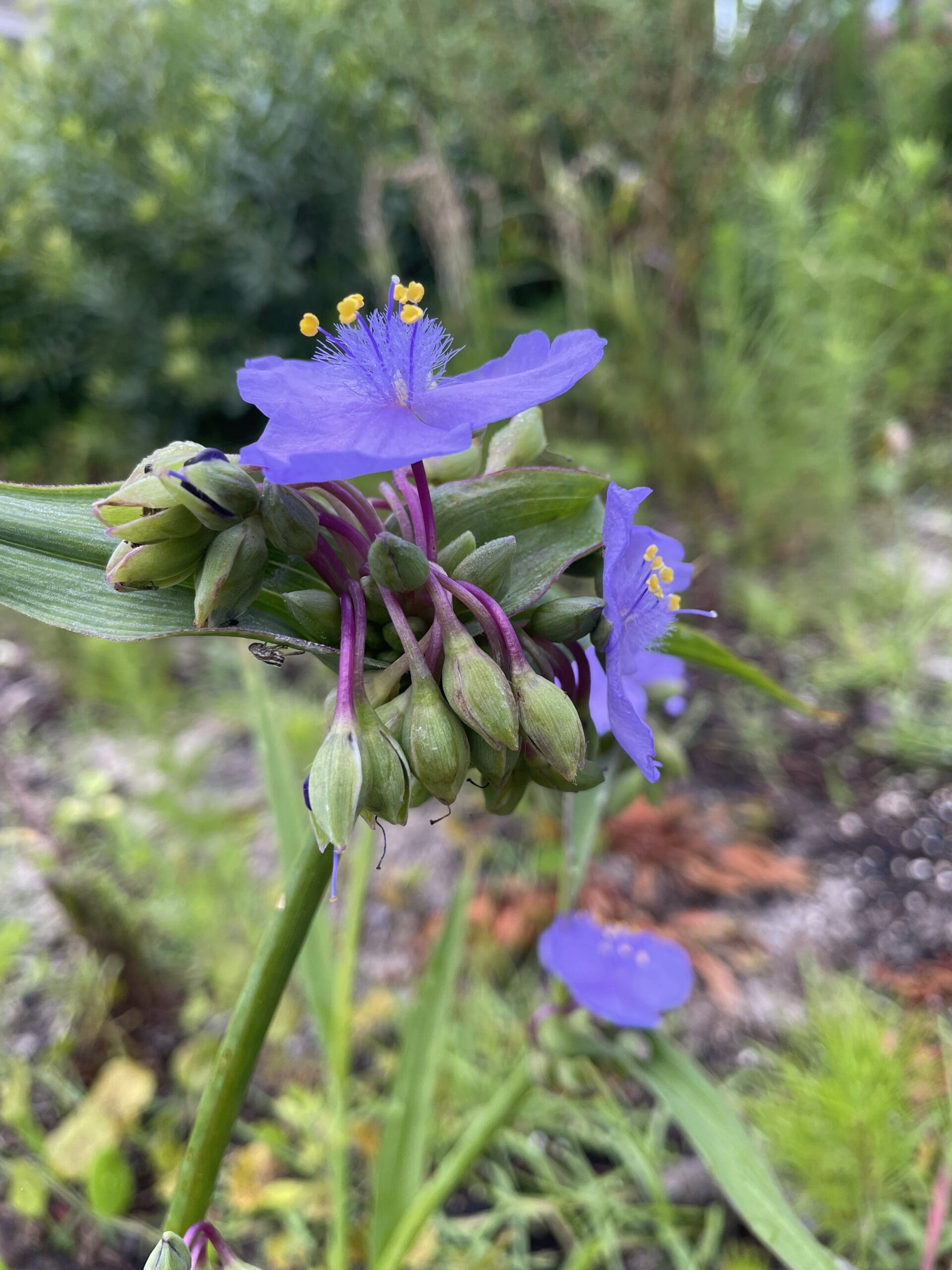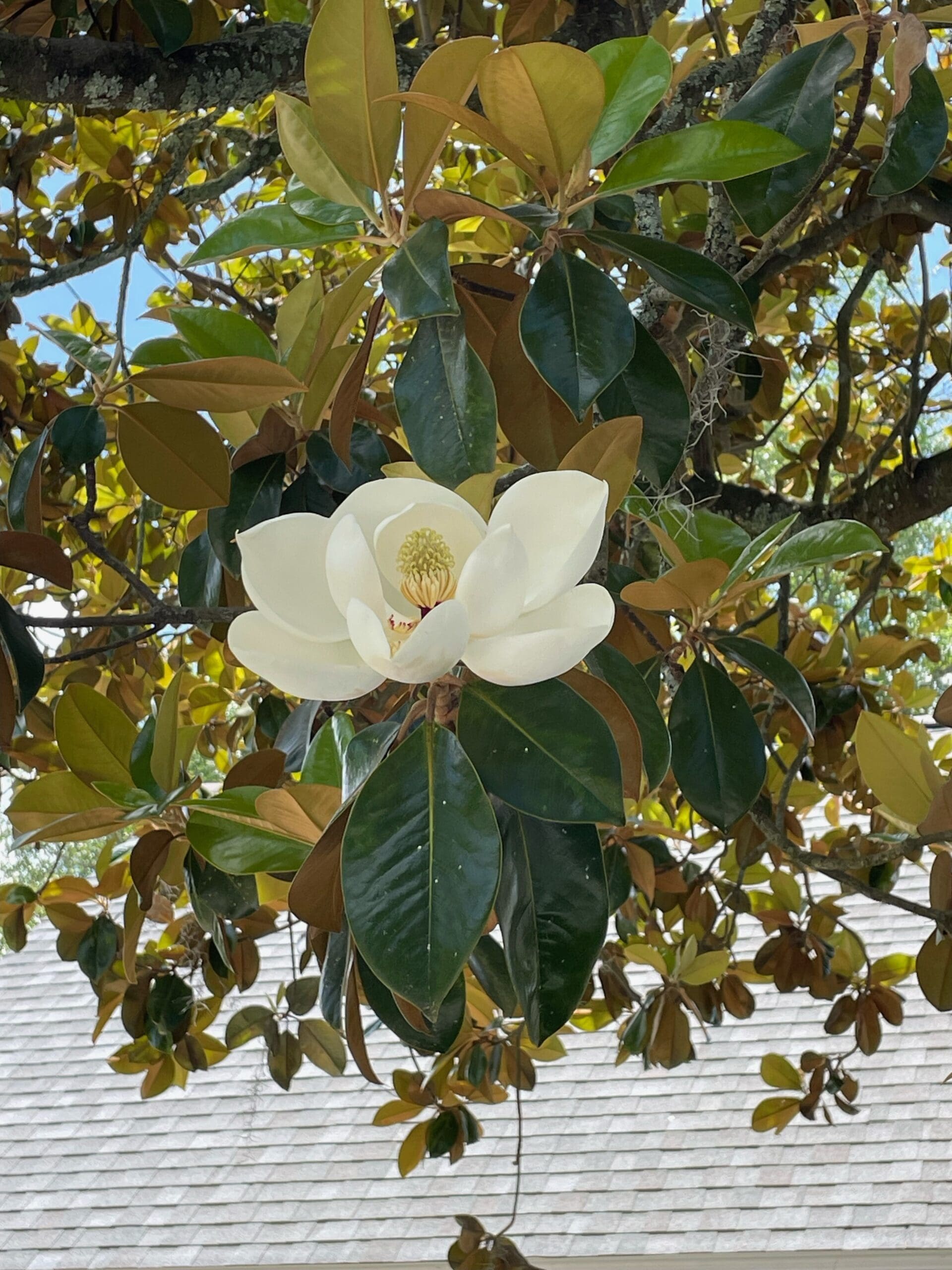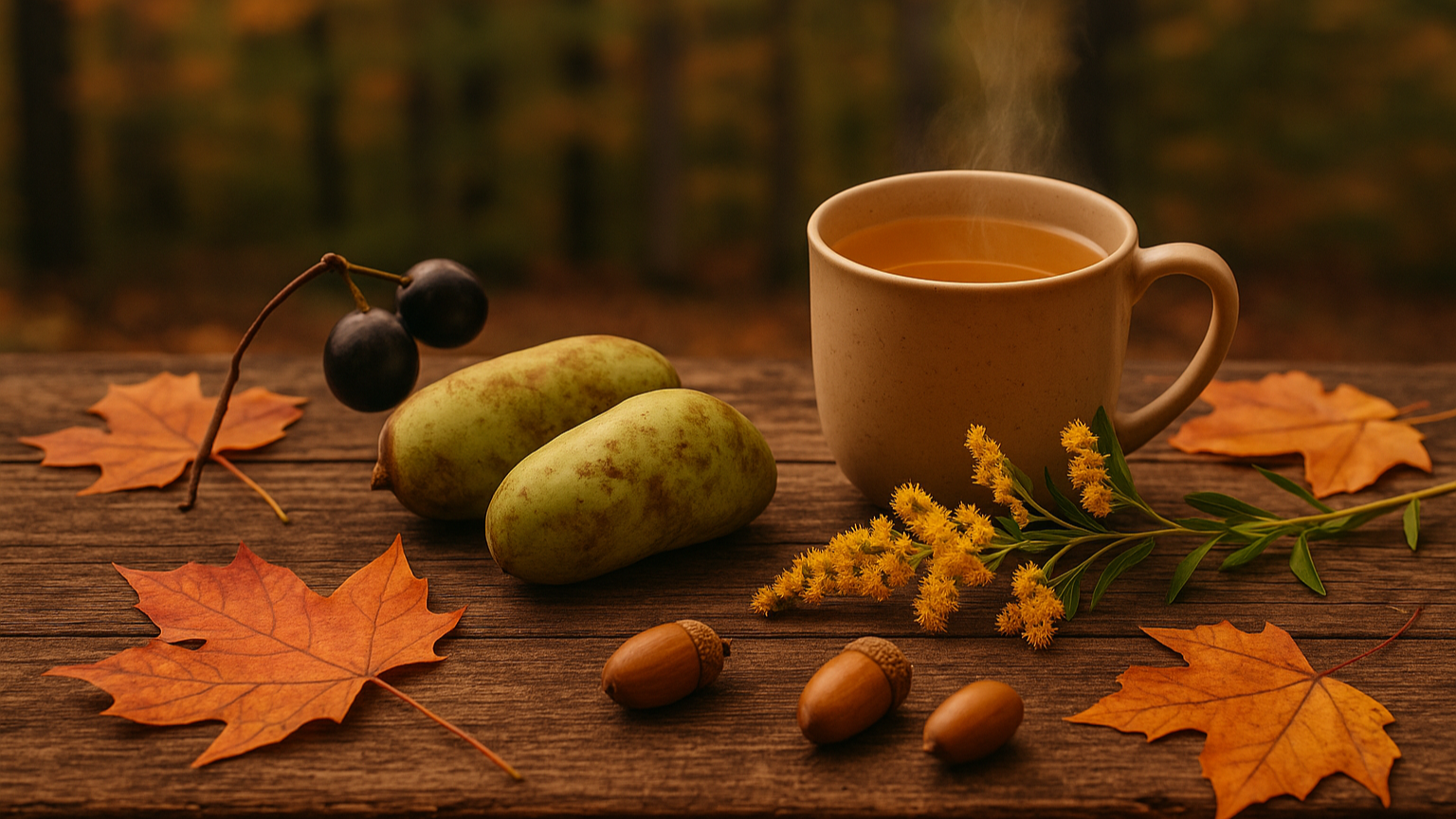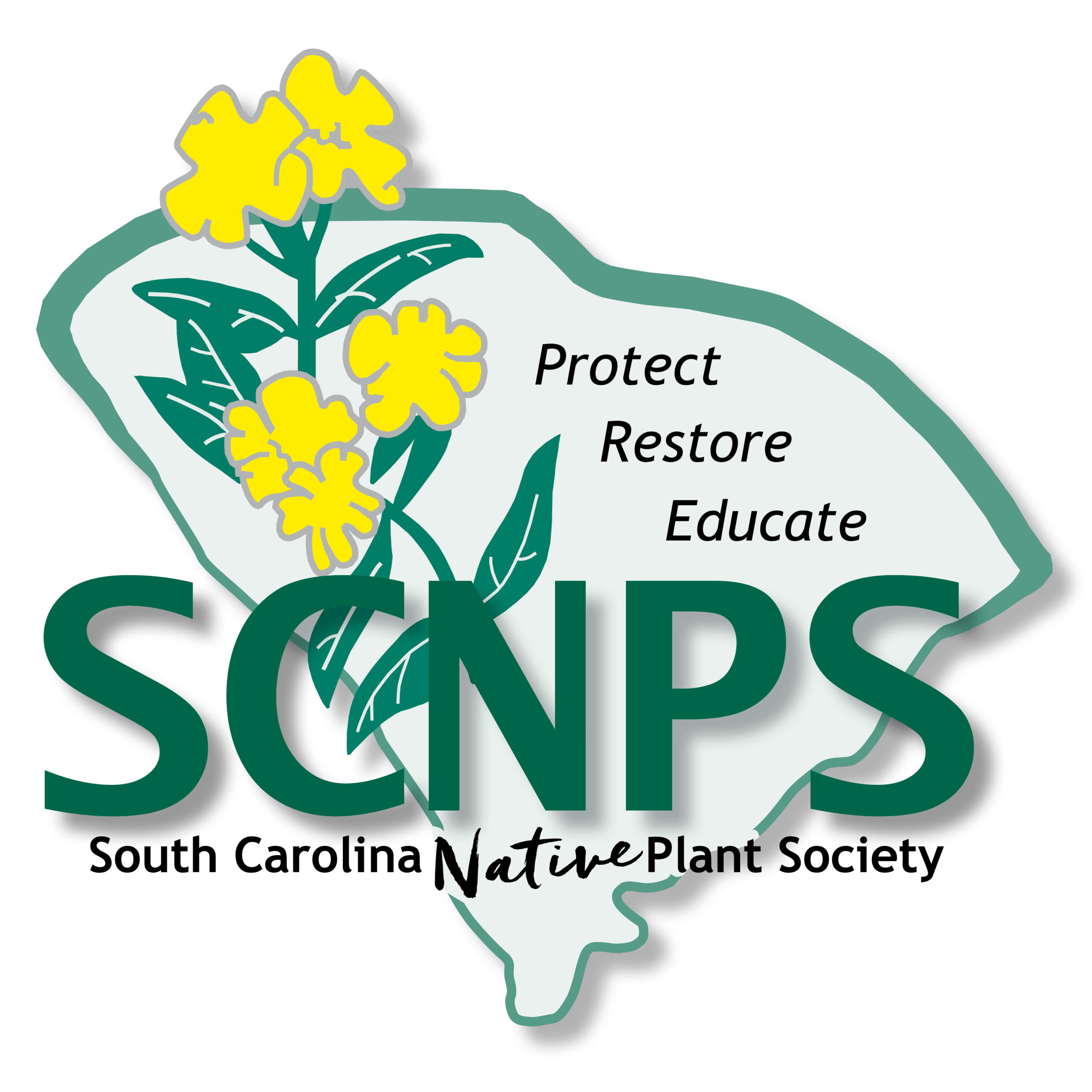After eight seasons of Game of Thrones, fans were familiar with the world of Westeros and Daenerys Targaryen. But for those who never joined the fandom, Westerwhat? Danywho? Such fantasy words often sound like gibberish until they have meaning for you, much like the scientific names of plants.
As part of the South Carolina Native Plant Society, we are here to learn together. It’s okay if you are new to the fandom of native plants. Don’t be afraid to use whatever tools you have in your toolbox to communicate with your fellow plant enthusiasts – whether that’s the Latin genus, what your grandmother used to call it, or the suggested ID from your favorite plant identification app.
Among those who are familiar with a plant, most will know it by a common name. For example, little brown jug (Hexastylis arifolia) is a perennial most easily identified by its brown, jug-shaped flowers. Descriptive common names are useful! These names are accessible, colloquial, and straightforward. However, names can be regionally or culturally specific, and too common. Possum-haw, bearberry, winterberry, and meadow holly are just some of the common names used to describe the deciduous holly Ilex decidua. But there’s another species of holly (Ilex verticillata) that is more frequently called winterberry. In some areas of SC, you might be caught between the two winterberries (Winterberry is coming!). Common names will often get you in the ballpark (holly), but sometimes you need to be more precise (Ilex decidua).
Precision can be very important especially when differentiating between native and nonnative plants. Consider wisteria for example, without the specificity of the scientific name, you may leave your local nursery with the invasive plant, Chinese wisteria (Wisteria sinensis), that can easily spread beyond your garden and wreak havoc on your neighborhood ecosystem rather than the native vine and butterfly host plant, American wisteria (Wisteria frutescens). Scientific names remove uncertainty and leave less room for misunderstanding across regions and cultures. However, most scientific names are derived from Greek and Latin root words. So it can be a challenge to have mini-Greek and Latin lessons during your botany session!
As you continue on your native plant journey, your familiarity with the native plants of South Carolina and our surrounding region will grow. There are a number of ways to cultivate your plant identification vocabulary including our SC Native Plant Directory with over 220 plant profiles (and growing) and your local SCNPS chapter meetings. Here are three tips to get the most scientific names out of your next plant walk, either with your local SCNPS chapter or at an event hosted by one of our partner organizations:
Don’t be shy. Ask!
Nature hikes can be dynamic and engaging learning environments. But they can also make the logistics of learning more difficult. Didn’t hear what was said or which plant you should be looking at? Ask! If you did not hear, odds are someone else did not either.
Latin names can be intimidating, look for words you might know or words that describe the plant:
Like caroliniensis in Ruellia caroliniensis tells you that Carolina wild petunia has a native range that includes the Carolinas. Any guess what state claims smooth spiderwort (Tradescantia ohiensis)?
Like oblongifolia, meaning oblong-leafed, in the scientific name of blue twinflower (Dyschoriste oblongifolia) gives us insight into the shape of the leaves. If the grand in American beech (Fagus grandifolia) tells us large leaf or large foliage, what does the southern magnolia scientific name (Magnolia grandiflora) tell us about the tree?
Find something YOU can remember.
Mountain doghobble is much easier for most English speakers to remember than Leucothoe fontanesiana, if this is the first time you’ve encountered the plant. If your goal is to remember the plant so you can conduct more research on it later, make sure you have a photo, an iNaturalist post, or a name that you can search after the hike. Le-something might not get you very far, even with our Native Plant Directory; but fans of Greek mythology might more easily remember the genus Leucothoe, named after the princess who was turned into a Frankincense tree.
Remember, Dothraki, Klingon, Greek, and Latin all take time to learn. Wherever you are on your native plant journey, we are glad you are here to grow your native plant vocabulary – we hope you’ll be a lifelong fan.
P.S. If pronouncing scientific names is holding you back, Name That Plant has audio recordings of scientific names. So you can be pronouncing like a pro in no time!
About the author
Victoria Green serves as the Grand Strand Chapter President. Despite taking Latin in college to better understand plant names (and Harry Potter spells), she is still growing her scientific name lexicon.





